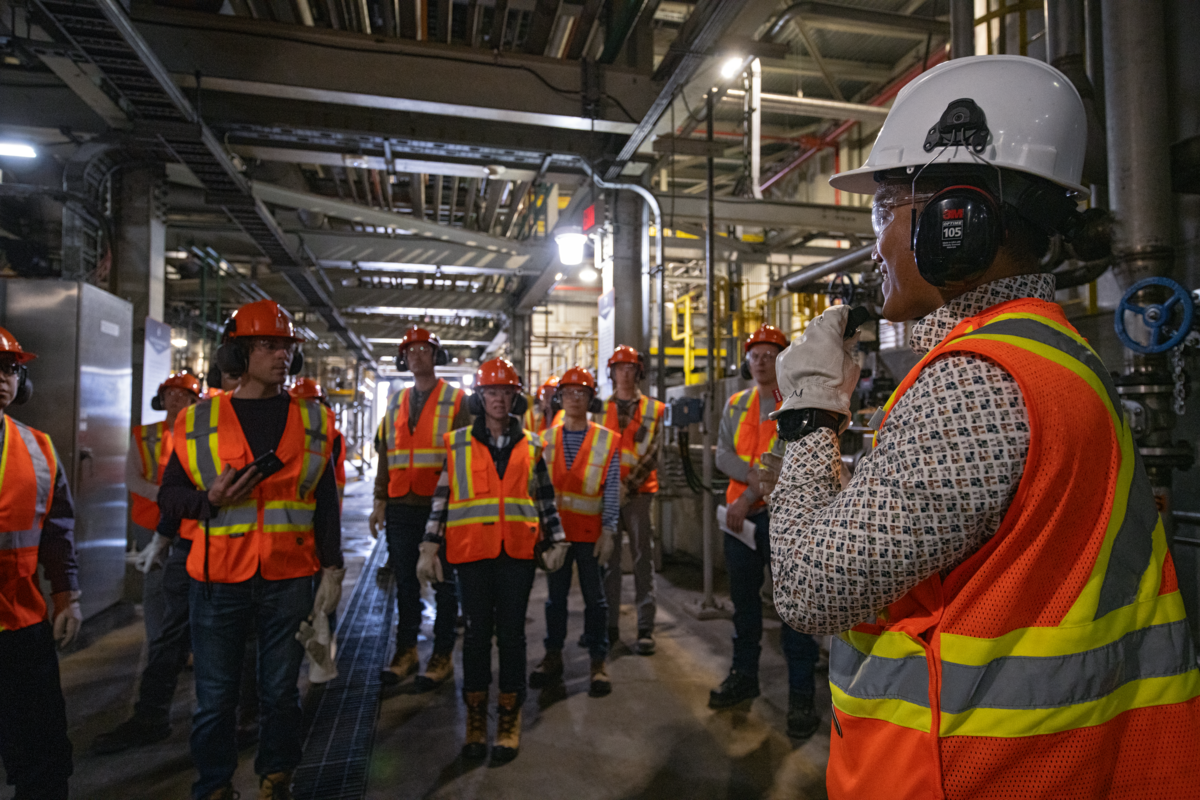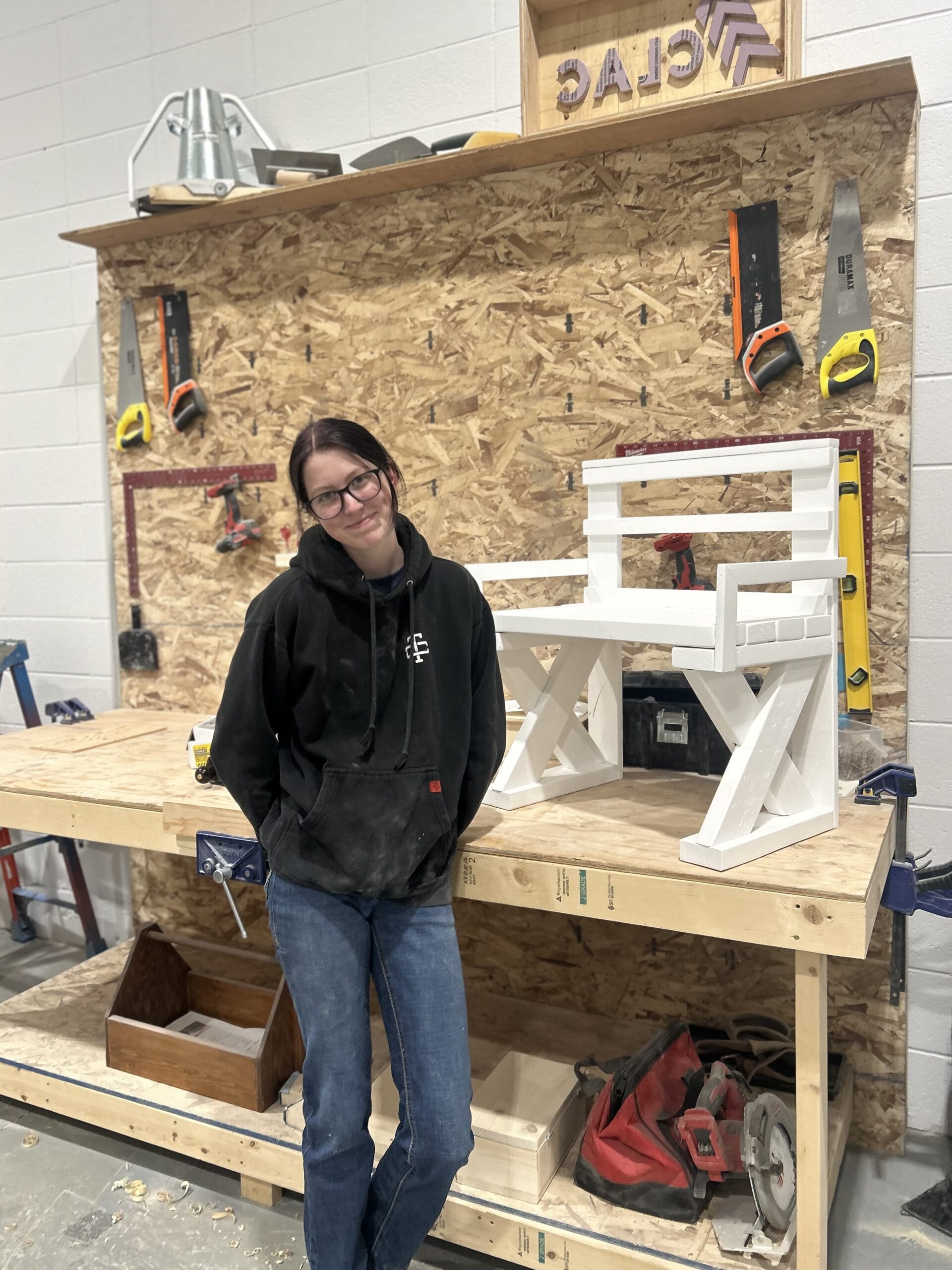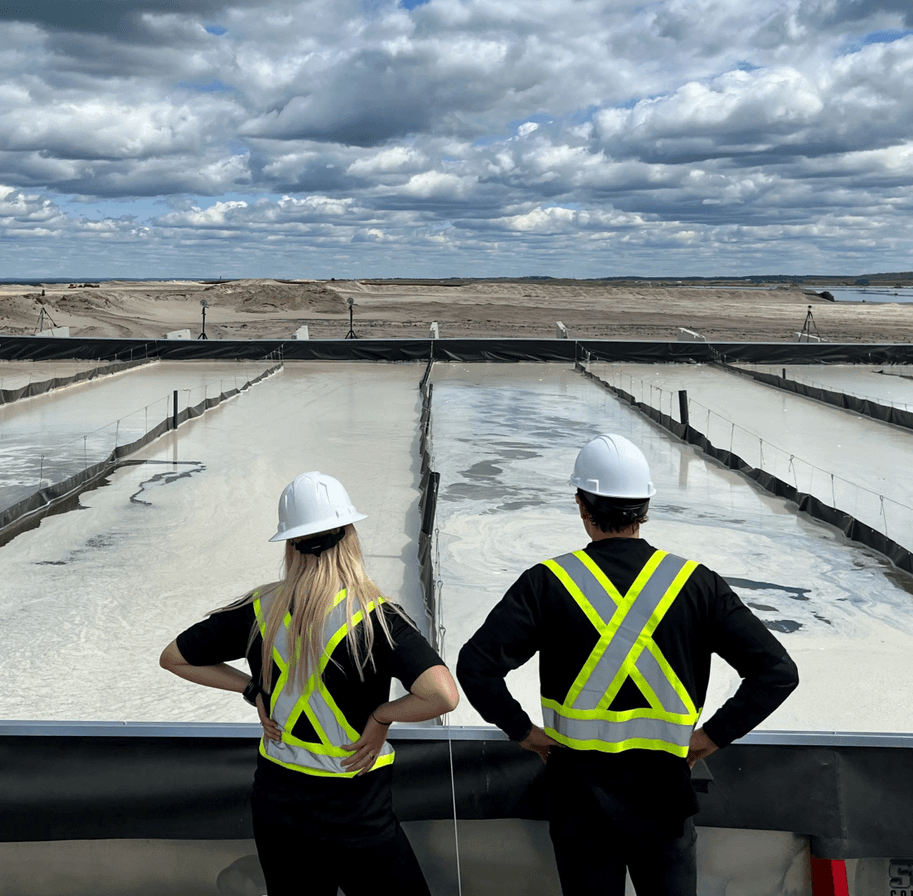Homegrown expertise: Canada’s leadership in carbon capture and storage technologies
January 28, 2025

While Western Canada is known for being a trailblazer in establishing the modern petroleum industry, you may be surprised to hear that Canada is also a leader in the development of carbon capture and storage (CCS) technologies.
The geology in Alberta is well-suited for safely storing CO2 underground, and we have a skilled workforce with expertise in process engineering and pipeline development. The oil sands region is also home to a cluster of operators in close proximity to each other, providing an opportunity for emissions to be captured efficiently.
According to the International CCS Knowledge Centre, Canada accounts for approximately 15 per cent of the world’s current CCS capacity, even though our nation contributes less than two percent of global CO2 emissions. CCS projects in Canada have securely stored over 50 million tonnes of carbon dioxide (source).
The Pathways Alliance proposed foundational project would build on this with a CCS network that could connect multiple facilities in the Fort McMurray, Christina Lake and Cold Lake regions of northeast Alberta to a carbon storage hub. Advancing the proposed project is contingent on receiving sufficient financial support and required regulatory approvals.
Learn more about the various CCS facilities that are currently operating in Canada.
Quest CCS facility
Quick facts
- Location: Alberta
- Number of years in operation: 9 years
- CO2 captured to date: Over 9 million tonnes
- Claim to fame: First commercial-scale CCS project to tackle carbon emissions in the oil sands
The Quest Carbon Capture and Storage (CCS) Project started up in 2015 and is operated by Shell Canada. Quest is owned by the Athabasca Oil Sands Project (AOSP), of which Pathways member company, Canadian Natural has 90% interest.
Located at Shell’s Scotford bitumen upgrader near Edmonton, Alberta, Quest has a capture capacity of over one million tonnes of CO2 per year.
SaskPower Boundary Dam Carbon Capture Project
Quick facts
- Location: Estevan, Saskatchewan
- Number of years in operation: 10 years
- CO2 captured to date: more than 6.5 million tonnes
- Claim to fame: World’s first commercial-scale, coal-fired power station to use CCS.
In 2014, Boundary Dam became the first commercial-scale, coal-fired power station in the world to successfully integrate carbon capture technology into its operations. The Boundary Dam Power Unit #3 (BD3) was retrofitted with carbon capture equipment. The facility is noted for its full-chain capabilities from post-combustion, through to capture, transport and storage.
Wolf Alberta Carbon Trunk Line
Quick facts
- Owner and operator: Wolf Midstream
- Location: Runs from north of Edmonton to southern Alberta
- Commenced operation: 2020
- CO2 captured to date: More than 6 million tonnes
- Claim to fame: One of the largest third-party CO2 transport systems in the world.
Owned and operated by Wolf Midstream, the Alberta Carbon Trunk Line (ACTL) is one of the largest carbon transportation systems in the world. CO2 emissions are captured at two facilities, the North West Redwater Partnership (NWR) Sturgeon Refinery, of which Canadian Natural is a 50% owner, and Nutrien’s Redwater Fertilizer plant. Emissions are then delivered to Wolf facilities north of Edmonton. The CO2 is compressed and transported 240 kilometres down the ACTL where it is delivered to Enhance Energy’s facility and used in enhanced oil recovery.
The Wolf ACTL is an open access pipeline designed to connect facilities with storage and/or utilization sites. The ACTL is currently transporting approximately 1.6 million tonnes of CO2 per year with a capacity to transport 14.6 million tonnes of CO2 per year.
More about the Alberta Carbon Trunk Line
Entropy Glacier CCS
Quick facts
- Location: Saddle Hills County, Alberta
- Number of years in operation: 2 years
- CO2 capture capacity: 54,000 TCO2e per annum.
- Claim to fame: World’s first commercial project to capture and sequester carbon dioxide from the combustion of natural gas.
Entropy was founded with the goal of developing world-leading technology for post-combustion carbon capture. After partnering with University of Regina, the company designed and constructed the world’s first commercial natural-gas-fired CCS project (Glacier Phase 1), which began capturing and storing carbon in 2022. Entropy’s team has industry-leading capabilities in all aspects of the CCS chain, including capture, compression, transportation, subsurface storage, carbon finance, regulatory, carbon markets and commercial structuring.
Weyburn Midale CO2 storage facility
- Location: Weyburn, Saskatchewan
- Number of years in operation: 24 years
- CO2 captured to date: More than 41 million tonnes
Owned and operated by Whitecap Resources, this internationally recognized, world-class project has safely captured over 41 million tonnes of CO2. The Weyburn property is one of the largest Carbon Capture & Utilization Storage “CCUS” projects in the world. CO2 is sourced from the Boundary Dam carbon capture project as well as from the Great Plains Synfuels plant in North Dakota. The Weyburn project safely stores about 2 million tonnes of CO2 on an annual basis. More about the Weyburn facility
In addition to the wealth of expertise within the companies that operate Canada’s CCS facilities, there’s also a Canadian organization dedicated to sharing CCS knowledge with the rest of the world.
International CCS Knowledge Centre
The International CCS Knowledge Centre is a Canadian non-profit organization with the goal of providing CCS information and expertise to help advance large scale CCS projects around the world. Located in Regina, Saskatchewan, their staff includes engineers, chemists and other experts who were instrumental in the development of the Boundary Dam Unit 3 CCS project, and they are bringing their lessons learned to the rest of the world. For example:
- They developed a comprehensive CCS guidebook for members of the Global Cement and Concrete Association, as well as a Landowners Information Guide to inform the public on the importance of local CCS projects.
- Completed the feasibility study for the world’s first full-scale CCS facility at a cement plant for Heidelberg Materials’ Edmonton facility, with funding provided by Emissions Reduction Alberta.
- They frequently provide independent analysis on CCS-related policies, incentives and regulations in North America and abroad.
- They’ve hosted the IEA’s international CCS summer school three times and set to again in 2025 – an opportunity for students from around the world to learn, network with peers and collaborate to further CCS deployment.
- They conduct tours of Boundary Dam with global delegates and companies including members of the UN, the International Energy Agency, and Sinopec (one of China’s major national oil companies), to name a few.
- They’ve signed multiple Memorandum of Understandings (MOUs) with other global companies to accelerate the development, demonstration and application of CCUS to the building materials industry.


